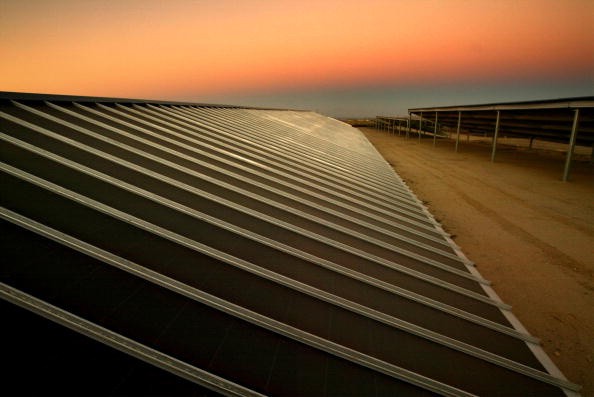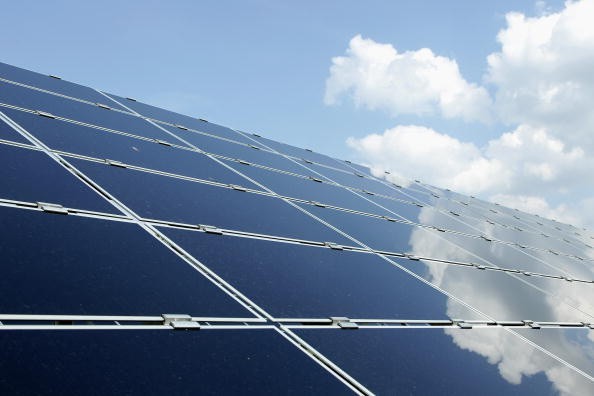Solar MEAD's new solar tech received millions of dollars from the U.S. Department of Energy.

This financial assistance is expected to be used to enhance renewable energy innovation, which can make cement productions carbon emission-free.
For the past few years, clinker production has been relying on fossil fuels in kilns; thermally insulated chambers. This process will produce clinkers (the main material for cement) by fusing clay, limestone, and other materials.
Experts said that clinker productions are responsible for around 40% of CO2 emissions across the globe.
Solar MEAD's Solar Tech
According to Interesting Engineering's latest report, the U.S. DOE awarded over $3 million to Solar MEAD.

Also Read : California-based B2U Storage Solutions Runs Hybrid Solar + Storage Facility with 1,300 Reused EV Batteries
Solar MEAD is the joint venture of Synhelion, Sandia National Laboratories, and CEMEX. These companies aim to decarbonize cement production.
They are planning to do this by replacing fossil fuels with CST (concentrated solar thermal) energySynhelion and CEMEX have been working together to make CST widely used in the cement production industry.
In 2022, the Solar MEAD project already conducted a successful laboratory-scale demonstrative pilot by creating the first solar-powered clinker.
"Achieving our net zero carbon goal by 2050 will require relentless innovation such as this to discover and scale breakthrough technologies," said CEMEX CEO Fernando Gonzales.
Why Solar MEAD's Tech Critical
As of press time, renewable energy innovations that can reach the needed temperature for clinker productions are limited.
This is why Solar MEAD has been created. The joint venture's solar technology can deliver high-temperature process heat over 1500°C, as reported by Renewables Now.
Solar MEAD Principal Investigator Nathan Schroeder explained that their innovation will provide more insights on how to use concentrated solar tech in cement production.
Aside from delivering extreme heat, Solar MEAD's new solar tech is also expected to make cement production more efficient.
"The project offers us the opportunity to use our sustainable technology to support the decarbonization of energy-intensive cement clinker production," stated Synhelion CEO Gianluca Ambrosetti.
If you want to learn more about this solar power innovation, you can click this link.
In other news, China's first offshore wind farm powered by 16 MW turbines is being constructed.
Meanwhile, Switzerland deployed a massive solar dam with thousands of solar panels.
For more news updates about solar technologies and other renewable energy sources, always keep your tabs open here at TechTimes.
Related Article : Sunstall Launches Vertical Solar System for Farms, Agricultural Settings

ⓒ 2025 TECHTIMES.com All rights reserved. Do not reproduce without permission.




